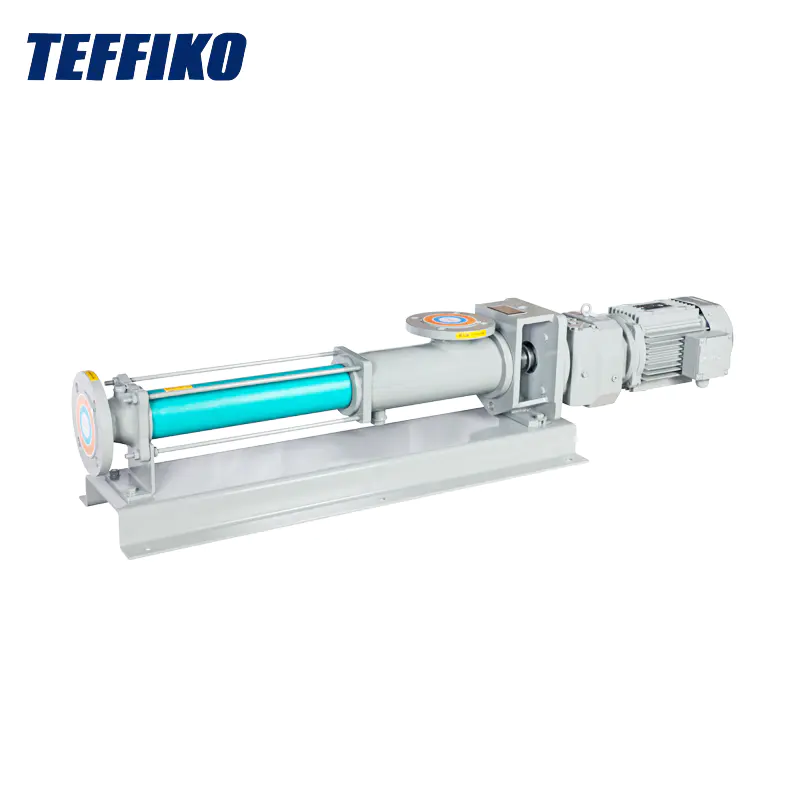The working principles of Screw Pumps
2025-04-30
Screw pumps are a type of positive displacement pump that use one or more screws to move fluids or solids along the screw axis. Their working principle is based on the progressive cavity formed between the screw threads and the pump housing, which transports the fluid in a continuous, smooth flow.
Working Principles of Screw Pumps
Screw Mechanism:
The screw (or screws) rotate within a closely fitting chamber (called a casing or stator).
As the screw turns, it traps a fixed volume of fluid in the cavities formed between the screw threads and the casing.
Axial Movement of Fluid:
These trapped pockets of fluid are moved axially (along the axis of the screw) from the suction side (inlet) to the discharge side (outlet).
Since the cavities are sealed from each other, there’s minimal backflow, resulting in a steady, pulse-free flow.

Types of Screw Pumps:
Single-screw pumps (progressive cavity pumps) – One rotor (screw) turns in a stator.
Twin-screw pumps – Two screws mesh together and rotate, usually in opposite directions.
Triple or multi-screw pumps – One driving screw meshes with two (or more) driven screws. All rotate to push fluid forward.
Sealing and Pressure:
The fluid acts as a sealant in the cavities between screw threads.
Screw pumps handle high-viscosity fluids and provide high-pressure output at low to medium flow rates.
Advantages:
Smooth, non-pulsating flow.
Good for viscous or shear-sensitive fluids.
Can handle solids-laden or multiphase fluids (e.g., oil, gas, and water mixtures).
Low noise and vibration.
If you are interested in our products or have any questions, please feel free to contact us and we will reply you within 24 hours.


